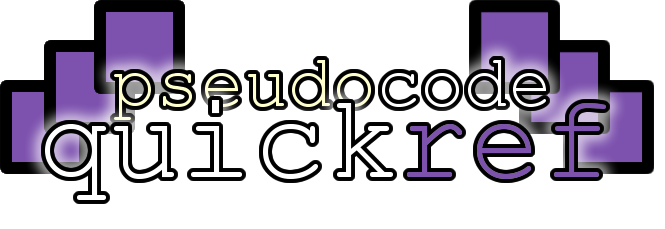

This resource is designed as a quick reference or revision guide. It has not been endorsed by any exam boards. If you spot any mistakes, please let me know and I'll fix them asap.
This website aims to give a quick reference for VB.NET, Python and C# and pseudocode and is aimed primarily at teachers & students working towards a GCSE or A Level in Computer Science
VB.NET, Python and C# are programming languages designed to be understood and followed by computers. Pseudocode is not a programming language: it's written to be understood by humans so that they can turn it into any programming language.
Each skill has example code in Python, C#. You can also enable VB.NET and Pseudocode for OCR GCSE if you'd find that useful.
If you know what you're looking for, use the search bar above the categories list.
Computers can't think for themselves - they can only follow instructions., so getting them to choose a number that is truely random is not easy. Thankfully, most programming languages have a function that will choose a number for you that appears to be chosen at random.
This example generates a random integer between 0 and 10 and saves it into a variable called r
Loading...